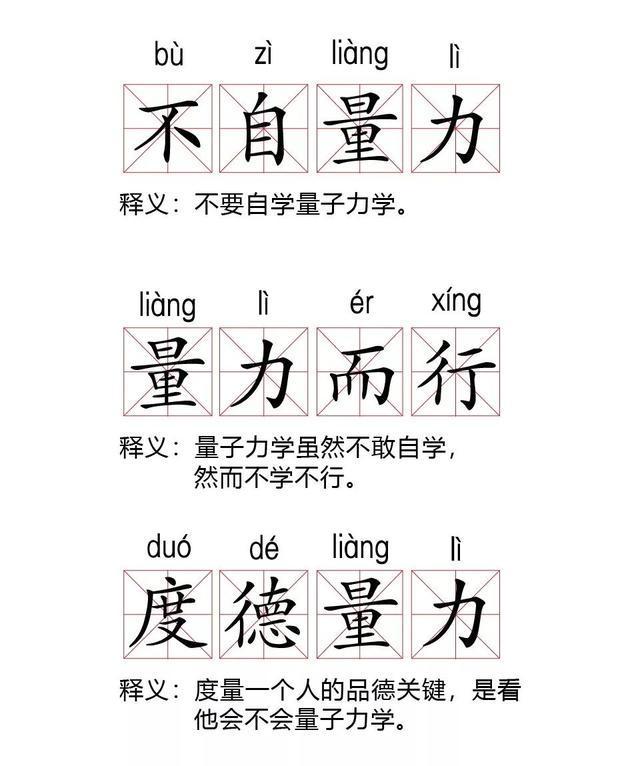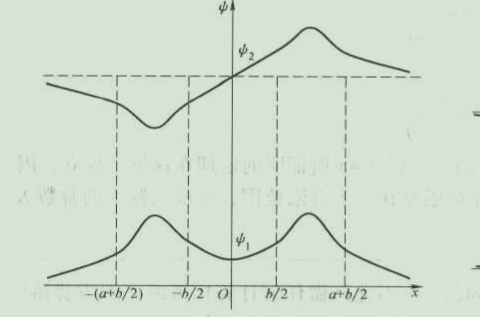随着量子力学Quantum Mechanics慢慢被大众所知晓,一些围绕着它创作的梗也逐渐流行开来,比如说“遇事不决,量子力学”。而在对其进行调侃的同时,很多人却说量子力学很恐怖。的确如此,代考代写物理学中的四大力学金刚量子力学、电动力学、热力学与统计力学、理论力学理解起来都比较飘渺。
Question 8
The primitive vectors of the face-centred cubic (fcc)lattice are Not yet
a = (a/2)(O,1,1), b = (a/2)(1,0,1) and c = (a/2)(1,1,0) answered
so that points on the Bravais lattice have position vectors,
Rn1,n2,n3 = n1 a + n2 b +n3 c
The constant a is the lattice parameter and n1,n2 and n3 are integers. What is the shortest distance (in units of the lattice para
nneter a,otice have)? [15
question
the lattice and,for a given point, how many points surrounding it are this far away (ie. how many nearest neighbours does a poimarks]
Select one:
- distance= 0.5 a,9 nearest neighbours
- distance = a, 12 nearest neighbours
- distance =0.7071 a, 12 nearest neighbours
- distance= 1a,8 nearest neighbours
- distance = 0.5a, 2 nearest neighbours
- None of these answers are correct
- distance = 0.7071a, 6 nearest neighbours
代写之家为海外留学生提供全方面的线上辅导,包括但不限于:exam代考、留学生考试、代考, 作业代写,留学生作业代写, 网课代上、网课代考,致力于提升Exam/Quiz代考分数并向更高GPA冲刺。同时提供考试辅助等在线解题服务。



